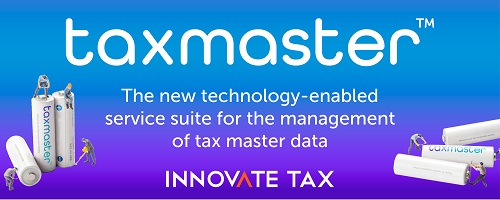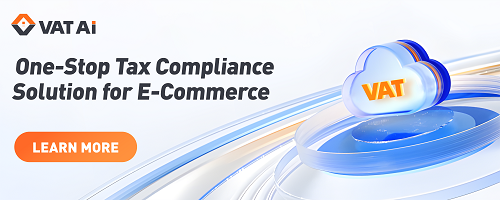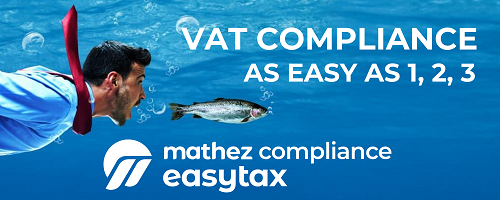In Switzerland, e-invoicing (electronic invoicing) is becoming more and more popular as a means of sending and receiving invoices between businesses. Here is an overview of how e-invoicing works in Switzerland:
- Legal Framework: The use of electronic invoicing is governed by the Swiss Value Added Tax Act, which sets out the requirements for invoicing and the retention of accounting records.
- Format: In Switzerland, the most commonly used e-invoicing formats are XML and PDF. The format of the e-invoice must comply with the requirements set out in the Swiss Value Added Tax Act.
- Sender and Receiver Agreement: Before exchanging e-invoices, the sender and receiver must agree on the format, security and authentication mechanisms to be used. This agreement is usually formalized in a contract between the two parties.
- Sending and Receiving: E-invoices can be exchanged using different methods such as email, web portals or directly via specialized e-invoicing platforms. The sender generates the e-invoice in the agreed format and sends it to the receiver. The receiver then receives the e-invoice and processes it in their accounting system.
- Security and Authentication: E-invoicing in Switzerland must meet certain security and authentication requirements to ensure that the invoice is not tampered with during transmission. Digital signatures, encryption and other security mechanisms can be used to achieve this.
- Archiving: In Switzerland, e-invoices must be kept for at least 10 years, in their original format, to comply with legal requirements.
Overall, e-invoicing in Switzerland can be a more efficient and cost-effective way for businesses to send and receive invoices, provided that the necessary legal requirements and security measures are met.















